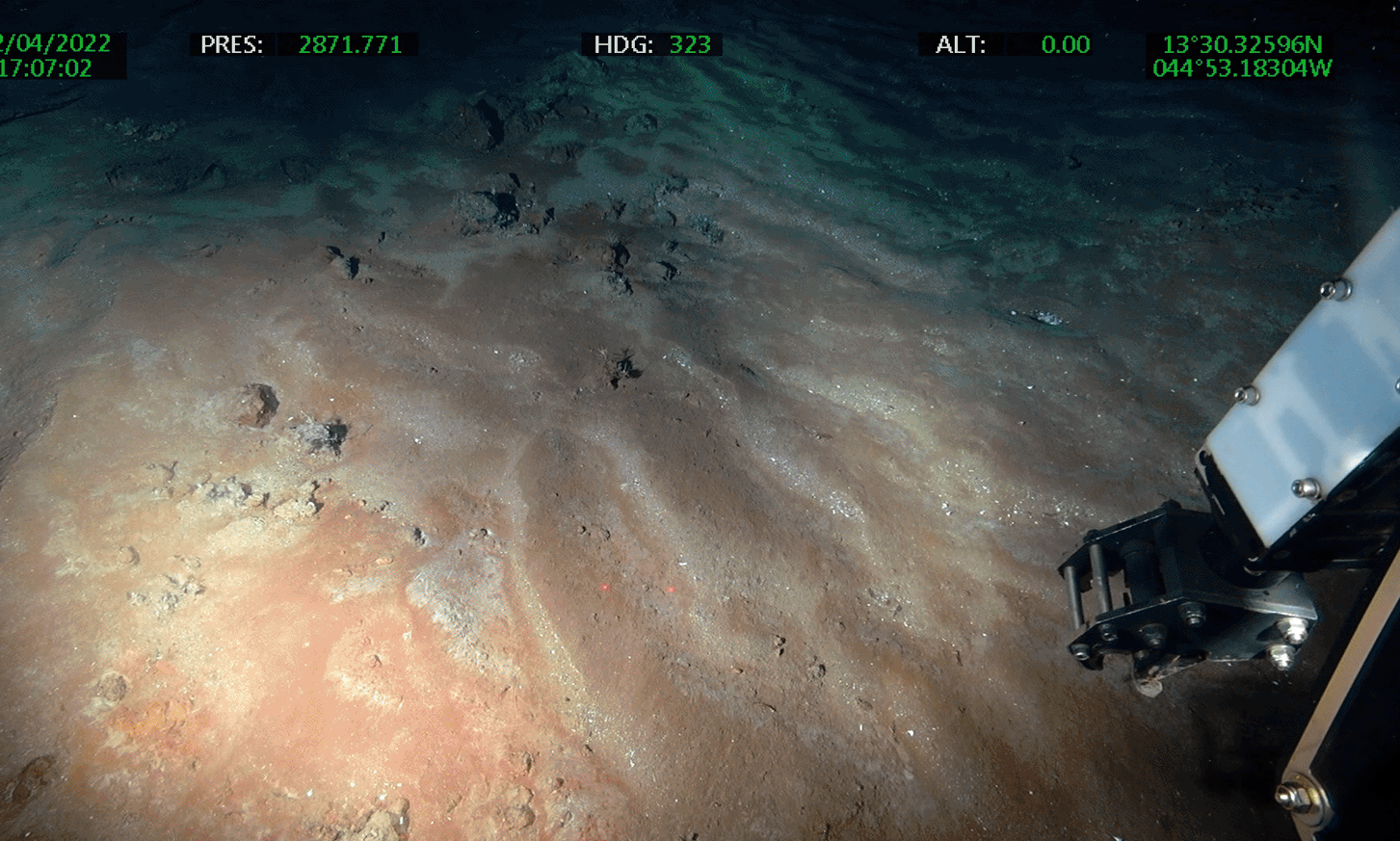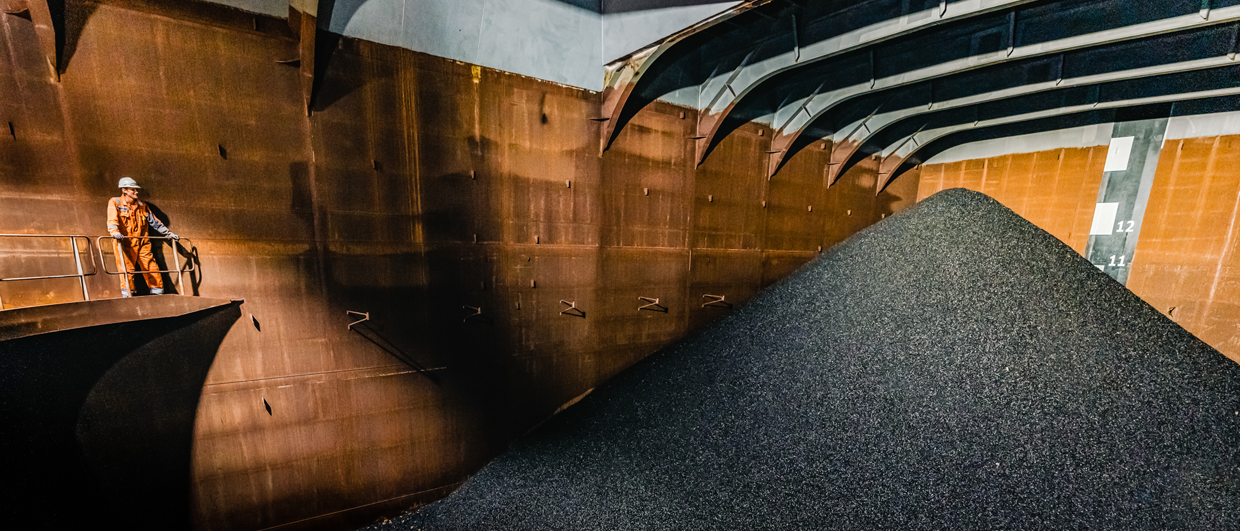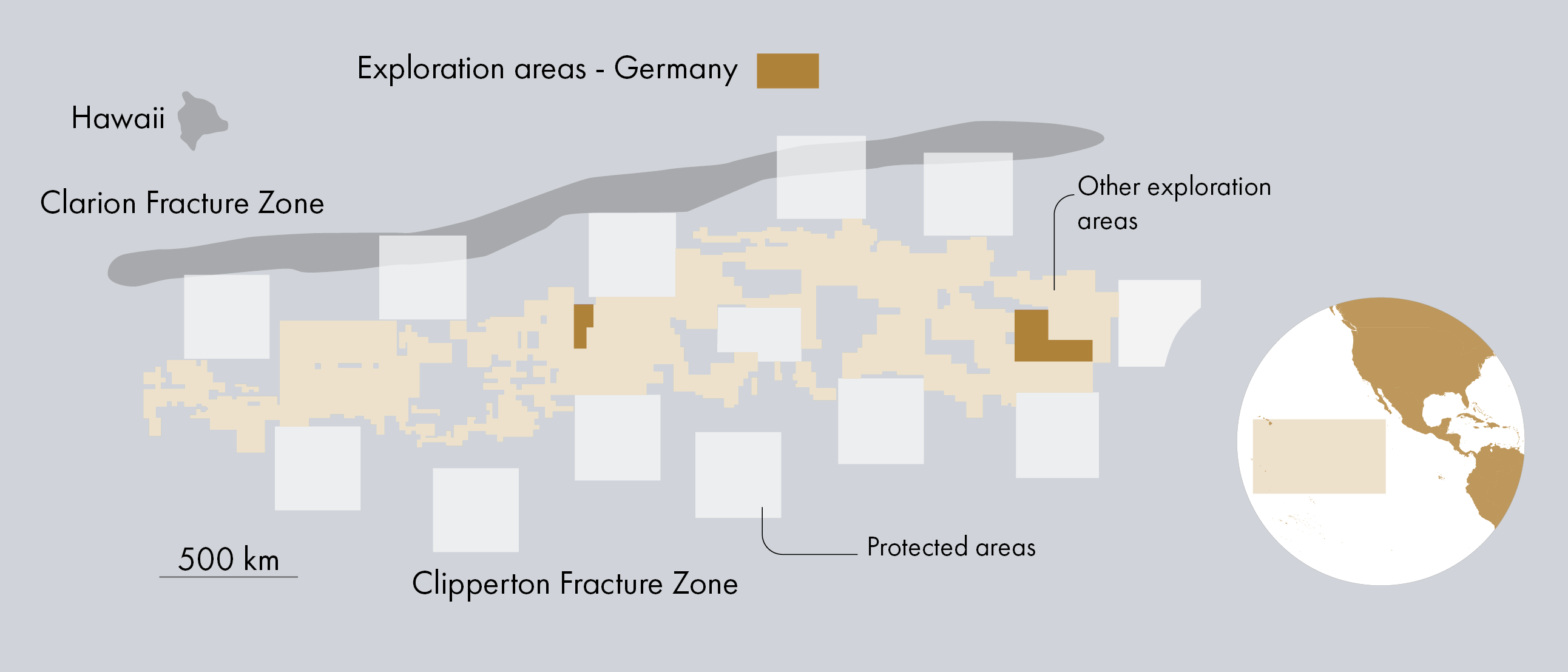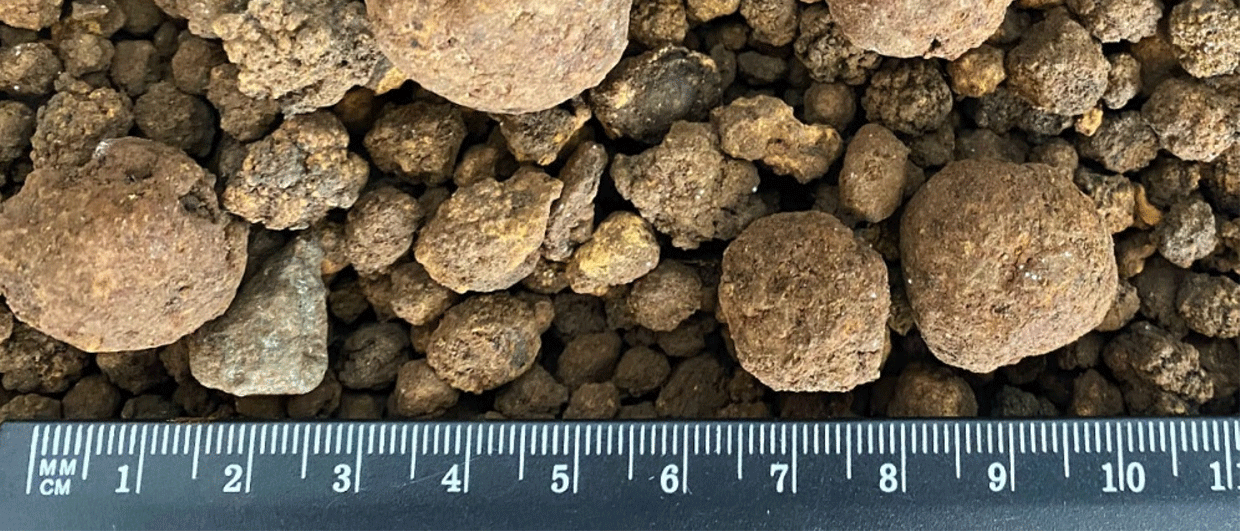“Metalliferous sediments are important deep-sea exploration targets,” said Acer Figueroa, PhD student at the National Oceanography Centre (University of Southampton) during the Deep Sea Minerals conference in Bergen in October last year.
During his talk, Figueroa made the case that mapping these sediments may be a useful method for finding hidden seafloor massive sulphide (SMS) deposits.
SMS deposits are one of three types of deep-sea mineral occurrences, which contain several of the metals that are required to succeed with the energy transition, including copper, nickel, zinc, manganese and rare earth elements (REE).
Active hydrothermal fields can be located by identifying the plumes in the water column. Inactive fields are harder to locate as they no longer spew out water with detectable geochemical signatures. In addition, inactive vents are often buried by sediments.
If we can determine how long a hydrothermal vent area has been active, then we will also know more about the potential tonnage of the deposit.
However, from a resource and mining perspective, buried vents are preferred over active ones as one avoids challenging high-temperature fluids and disturbing vulnerable fauna. The PhD student explained that metalliferous sediments are formed generally by two processes.
- They can be created by the fallout from hydrothermal plumes sourced from vents. These plumes can travel far, and the sediments will typically be well-sorted and fine-grained.
- They can also be created by mass flows. These deposits are located close to the hydrothermal vents and are generally poorly sorted consisting of coarser grains.

Figueroa presented some results from the research that he and his colleagues did when they went on a cruise to the Semenov hydrothermal field cluster on the Mid-Atlantic Ridge (13º30’N, approximately the same latitude as Senegal and Nicaragua) earlier this year as a part of the ULTRA project.
The project, which will return to the ridge next year, has and will collect a variety of data from the sites of mineralization, including drilling and coring, rock collecting, mapping the seafloor and using ocean-bottom seismometers.
“The cores closest to the hydrothermal vents displayed higher concentrations of certain metals, such as iron, zinc, lead and copper,” Figueroa explained. It thus seems that mapping these sediments can be used as a method for locating nearby buried hydrothermal deposits.
He also pointed out that discovering mass flow products within the sediments would be a good find, as they indicate that a deposit will be very close by.
Mapping metalliferous sediments in a grid will give a spatial distribution of the metal content in the sediments that provide vectors to hidden deposits. It could be an important tool in the exploration toolbox. Figueroa also said that his upcoming work will include dating the sediments. This will give insight into the longevity of a hydrothermal area.
“If we can determine how long a hydrothermal vent area has been active, then we will also know more about the potential tonnage of the deposit. Longer periods of hydrothermal activity typically yield larger deposits,” Figueroa concluded.
Partners in Project ULTRA include the universities of Cardiff, Southampton, Leeds and the Memorial University (Canada), as well as GEOMAR (Germany). Norwegian project participants are the University of Bergen, Equinor and Green Minerals.





